To me, productive fishing trips are all about making the right decisions when you arrive at your chosen venue. You maybe lucky enough to find some fish in an area that is uninhabited by other anglers, you may have a bait that those carp will find irresistible but how much thought has gone into your presentation and the efficiency of your rig? If you get the odd couple of bleeps when you are fishing will you call it a liner or will you wonder if a fish has managed to rid itself of your hook? If this has happened would that get the alarm bells ringing to other fish that maybe feeding nearby? Now I’m not trying to make you paranoid but I think this happens all the time and it’s worth being aware before casting a rig out on to that hotspot. These thoughts have often gone through my mind and for years I have experimented with various presentations to turn more pick ups into more fish on the unhooking mat.


I would advise sharpening three sides of your hook, imagine that your point has four sides and is square shaped. First, do three light strokes on both the left and right of the point, then finish with the side that is furthest from the shank. It is very difficult to get the file on the side closest to the shank and you don’t need to anyway. The angle on which your file is on the hook should never change and each stroke must go toward the point. The reason that you sharpen the point into a square shape is because it is near impossible to keep the file straight if you are trying to go around as well as along the hook. After the nine stokes you must check the results with your magnifying glass to see if any more work is needed. When I am sure that my hook is as sharp as I can get it I dip the point in some Vaseline, this will protect it from rust as it will have no coating now. Sharp hooks will put more fish on your unhooking mat, simples!
Increasing your lead size will definitely make a difference! Most anglers use leads of around three, or three and a half ounces but I think that carp can pick these up and shake the hook out easily, by using five or even six ounces you are already bringing the odds into your favour. Most of my fishing involves a lead clip arrangement and I never push the tail rubber on more than maybe 5mm. After picking up your bait, the fish will feel resistance from the lead and shake it’s head. The big lead will do it’s job pulling the hook further into the fishes mouth and then it will simply detach itself from the clip leaving you to play the fish. When fishing in open water, I like to use slack lines and when a fish takes you quite often get a few bleeps as the lead is lifted, this can be followed by a screamer when the lead comes off and the fish bolts or the fish will sometimes sit there thinking it’s got rid of the whole lot when it still has the hook. There maybe no more bleeps or your bobbin may drop back slightly but pick that rod up and check, she could be on!
OK, the first of my favourite rigs is my version of the shot on the hook rig. I absolutely love this rig for fishing single hook baits but it is only suited to clean lakebeds due to the hook points position when in the water. It can easily snag on any weed or chod that is on the bottom probably ruining your chances of hooking a fish. I think the reason that this rig is so successful is simply because the hook doesn’t have to turn to take hold. Just enough weight is added to the light braid that is tied to the bend of the hook, the bait will sink slowly and the hook point will sit parallel to the lakebed. When a fish sucks in the bait it will sit no different in it’s mouth and this means that the slightest movement will cause the hook to dig in. I have caught lots of fish with this rig and the hook holds are excellent, quite often further back in the fish’s mouth compared to many more commonly used rigs. These kind of hook holds not only give me confidence when playing fish, they also mean less mouth damage. If you hook a carp in the side of it’s mouth there is a greater chance of causing damage simply because the flesh here is weaker and it will tear easily.

The enlarged D that I have added via a grinner knot allows the bait more movement, when this is tied you can just about slide it on the hooklink enabling you to adjust the size of the D. You may also notice that I have brought the braid out from a hole in the shrink tube directly opposite the hook point, this helps to keep the supple braid in place on the hook where the D starts. When the hook pricks the fish will automatically sense danger and try to blow the bait out of it’s mouth. In many cases your hook will turn backwards and follow, it will be impossible for it to even find a lip on the way out as it will leave bend first. I’m sure that this happens all the time with lots of rigs, leaving the angler with no idea about what’s happened. The bait is bigger so it is used as a lever and the hook is gone, the Carp swims away leaving you with a dry net. The larger D on this rig allows the bait to leave the fishes mouth increasing the chances of the hook staying right where you want it, it is much harder for the fish to get rid of a hook that has no bait on it! This super efficient rig is a great one to have in your armoury but don’t take my word for it, tie one up and try it for yourself. I have found that rigs like this can often catch you fish when no one else is catching and also fish that don’t get caught very often. I don’t know if it’s because those fish are better at getting away with it, maybe that’s more proof that using something a bit different can pay dividends.


After seeing the finished rig I realised that the elastic would not only improve my chances of landing the fish I hooked because of the increased length but it could also make the rig very difficult to get rid of. I positioned the rig semi fixed between two beads on the leadcore, it’s recoil properties would then have another use. When the fish sucks the bait in and gets pricked, the erratic movements begin as it tries to rid itself of the hook. The elastic stretches and helps to absorb these movements, you wouldn’t get this from any standard chod rig but it definitely increases your chances of holding one up for the camera. When I lift into the fish my spliced lower bead slides smoothly down to rest by the lead leaving me to play the fish on a longer than usual hooklink.

I really do believe that paying attention to the finest detail increases catch rates. For example; why test rigs on the palm of your hand when they often behave completely differently in water? Try the use a bucket you can fit both hands into or better still, test all your rigs in the margins to get a better idea of what happens when it’s out in the lake. Testing your popup rigs underwater is particularly important as the baits are weightless, when you try it you will see what I mean! You can place the rig in the margins with a lead attached, put the bait in your hand and then slowly move your hand away in different directions and see what the rig does. I have found that the hook can sometimes be lifted away from the edge of your hand and simply fall off without digging in, a real eye opener! Taking the extra time to get everything exactly right will make you fish with more confidence. In my eyes, rushing things and thinking “that will do” is the wrong way to go. It’s a lot better to sit behind those rods knowing that everything is presented to the best of your ability, bring the odds more into your favour and you will reap the rewards!
Paul Hatton


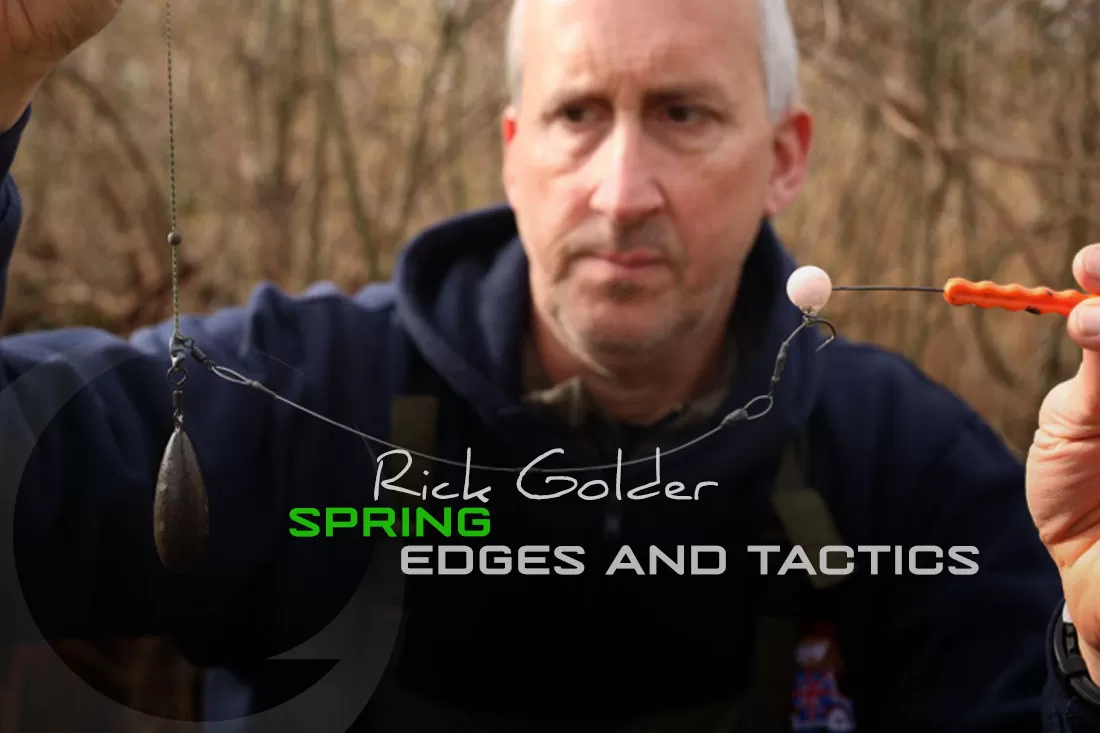
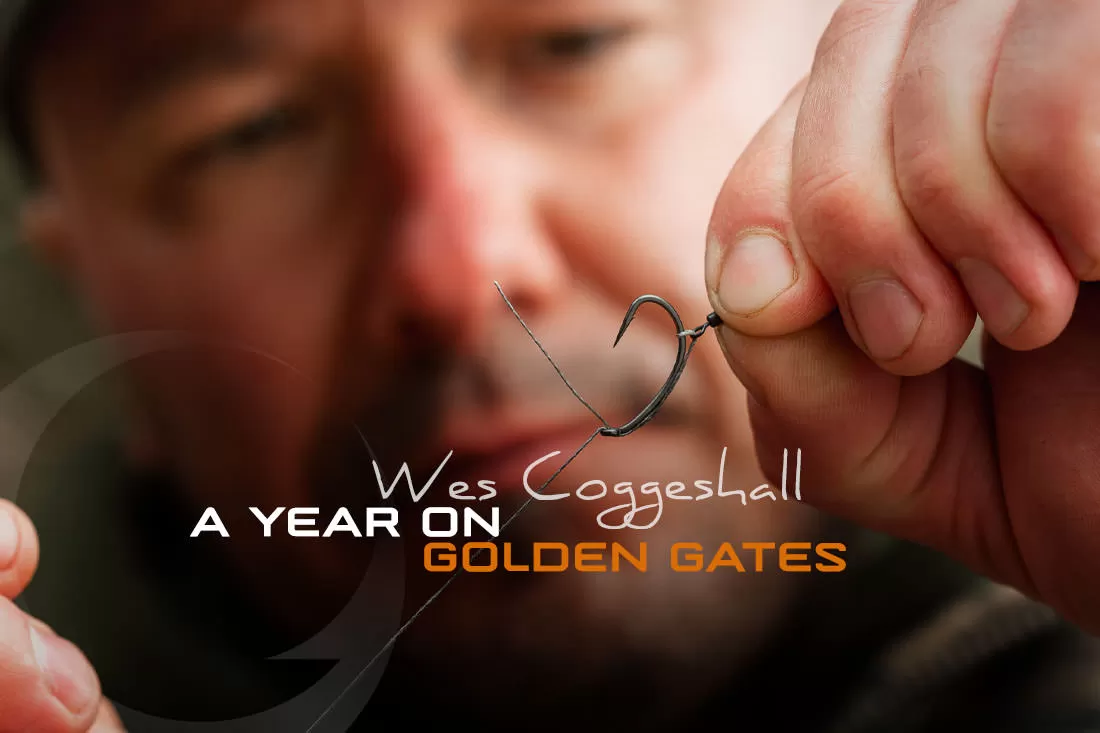
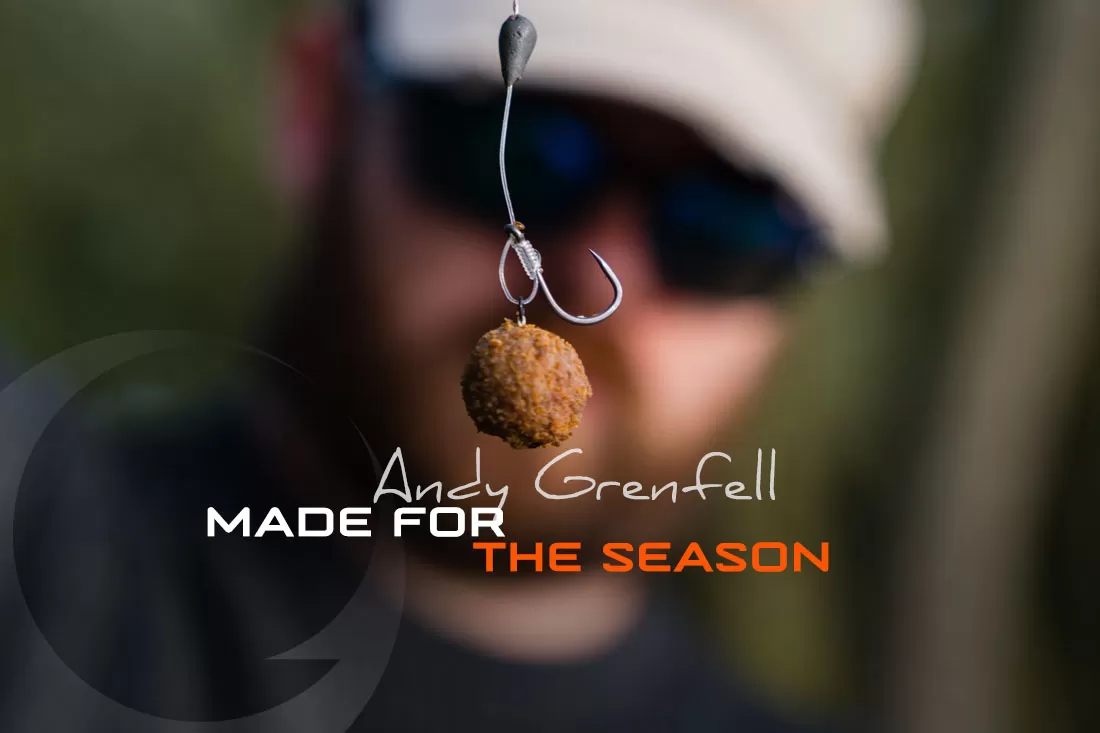
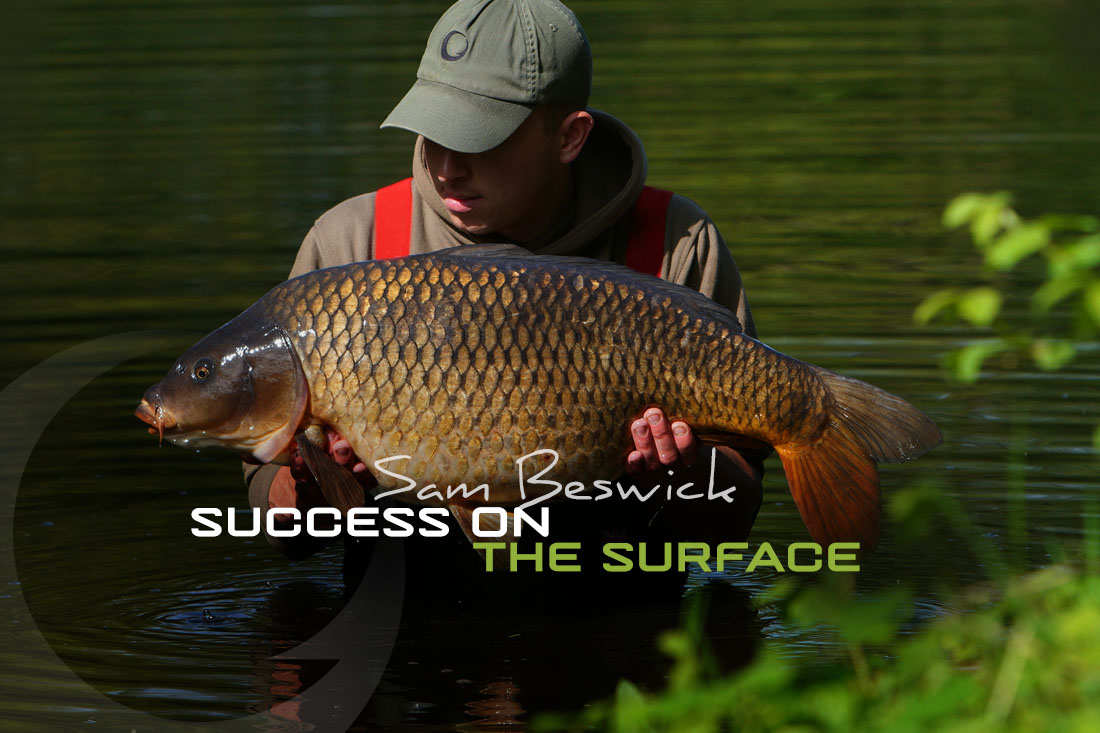
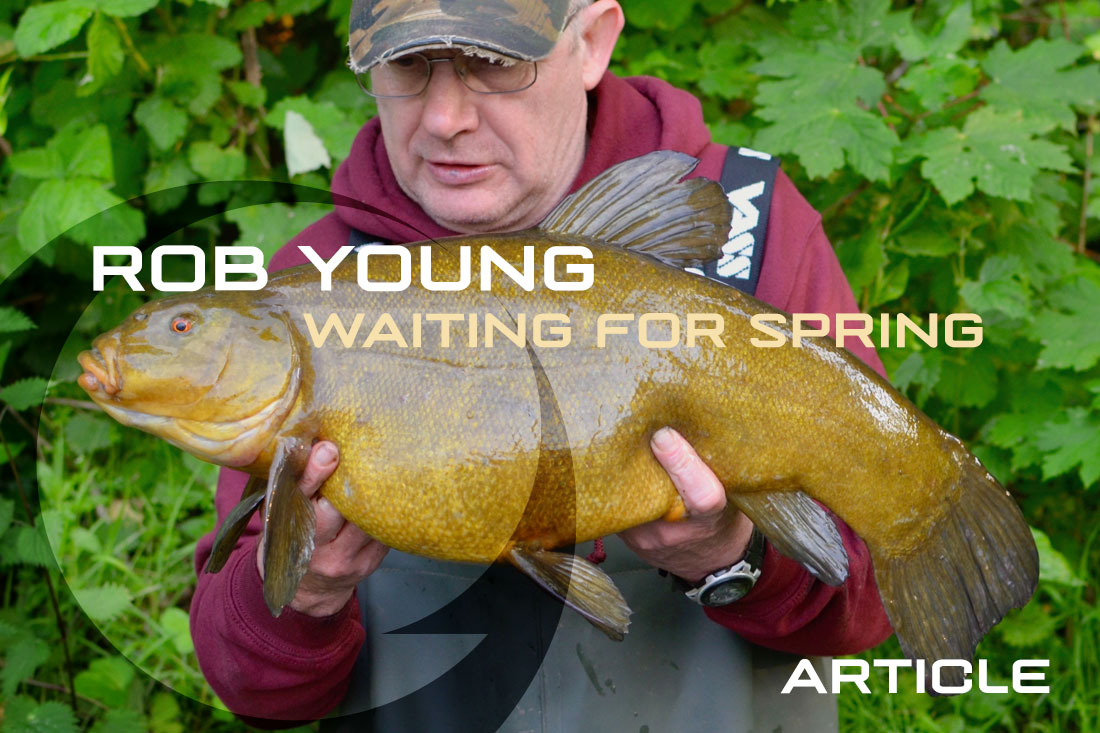
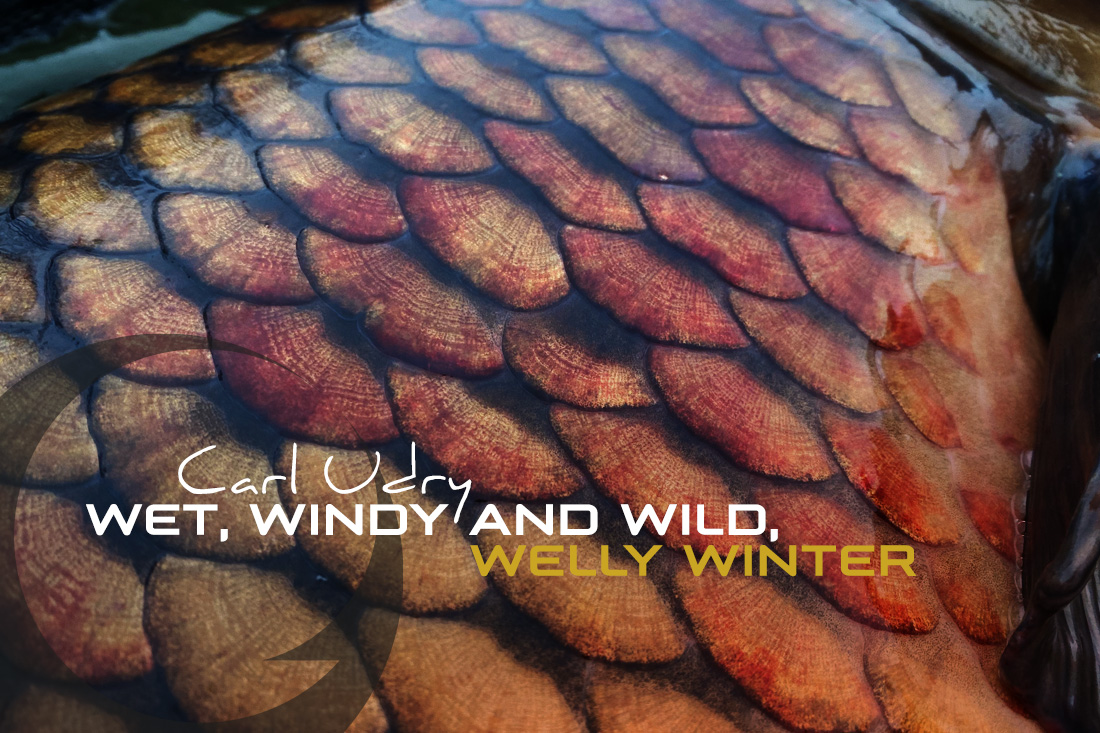
Leave A Comment